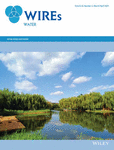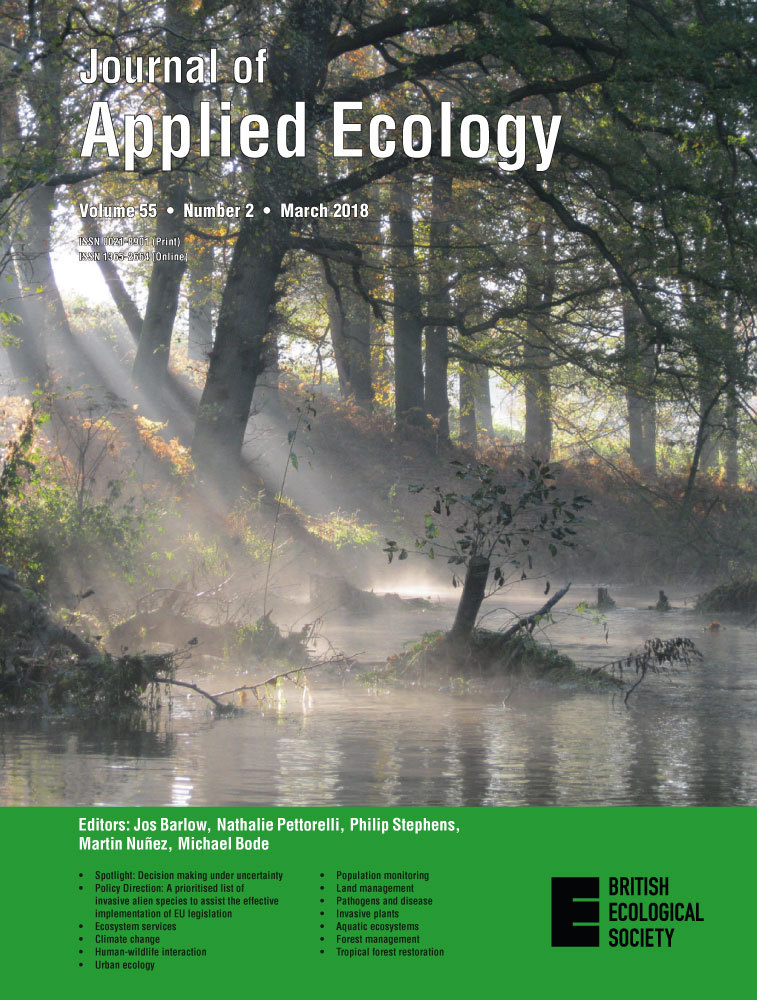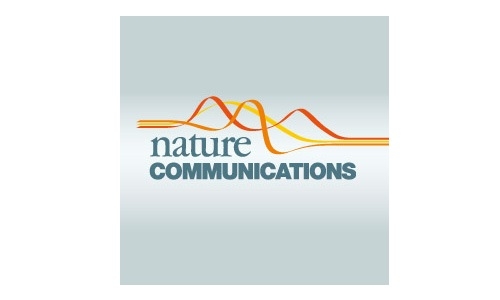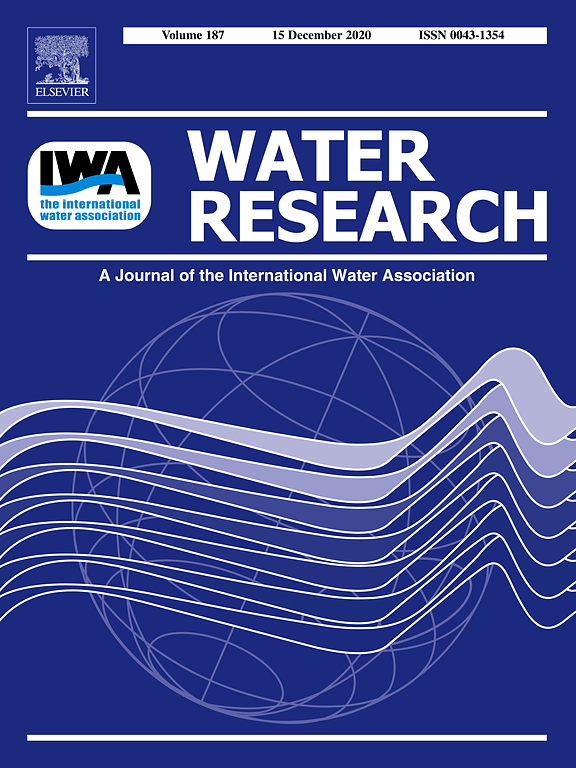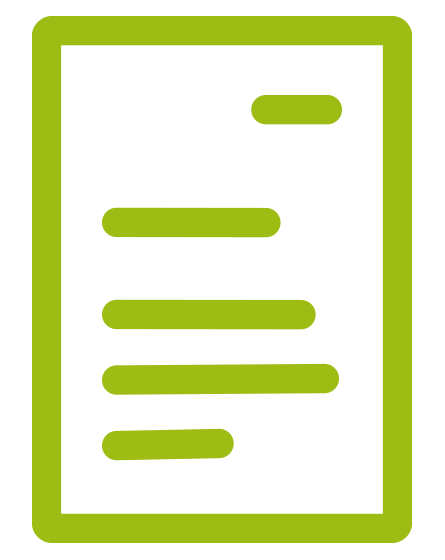
Response of Chironomidae (Diptera) to DDT, Mercury, and Arsenic Legacy Pollution in Sediments of the Toce River (Northern Italy)

Hierarchical eco-evo dynamics mediated by the gut microbiome
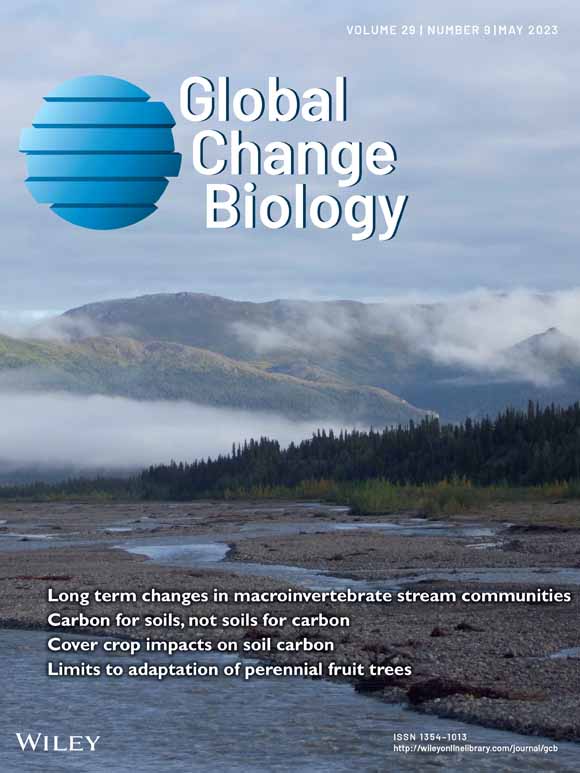
What factors influence the rediscovery of lost tetrapod species?
The authors created a database of lost and rediscovered tetrapod species (amphibians, reptiles, birds and mammals), identified patterns in their distribution and factors influencing rediscovery. Tetrapod species are being lost at a faster rate than they are being rediscovered, due to slowing rates of rediscovery for amphibians, birds and mammals, and rapid rates of loss for reptiles
Reviving Europe's rivers: Seven challenges in the implementation of the Nature Restoration Law to restore free-flowing rivers
The authors identified potential challenges and ambiguities in the EU-NRL for restoring free-flowing rivers. They propose clear definitions of critical terms and the development of integrated assessment methods for prioritising actions to improve river connectivity as novel solutions to these challenges, contributing to the success of habitat restoration and biodiversity protection.

Three hundred years of past and future changes for native fish species in the upper Danube River Basin—Historical flow alterations versus future climate change
The authors show that fish have been particularly sensitive to changes in flow regimes in the past, while higher temperatures will pose the greatest threat in the future. The threat assessment will remain at least as high in the future. However, it could probably be mitigated by reconnecting former floodplains and improving river connectivity.

Organic transformation of lignin into mussel-inspired glues: next-generation 2K adhesive for setting corals under saltwater
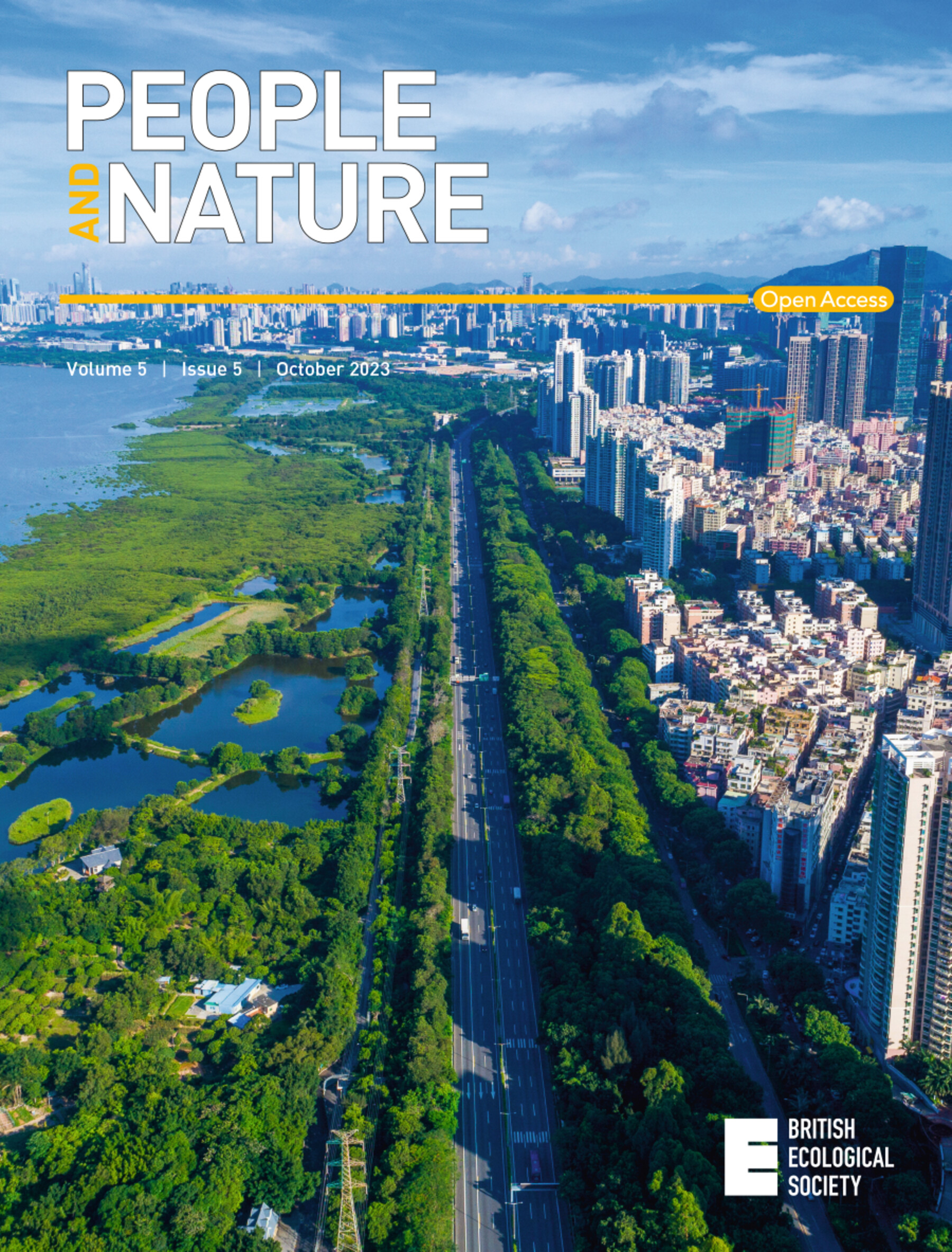
European scenarios for future biological invasions
The study developed a workflow to downscale global future scenarios to a regional and policy-relevant context. This workflow was applied at the European scale to create four European scenarios of biological invasions until 2050 that consider different environmental, socio-economic and socio-cultural trajectories, namely the European Alien Species Narratives.
Perspectives in modelling ecological interaction networks for sustainable ecosystem management
The study provides perspectives on the use of network models to address a variety of applied ecological questions along spatial and temporal dimensions as well as on interactions between abiotic and biotic components of ecosystems. Through collaborative research, network models could provide important levers for sustainable management.
Universal microbial reworking of dissolved organic matter along environmental gradients
To investigate how dissolved organic matter is degraded in soil and aquatic ecosystems by microorganisms, the authors analyzed its molecular diversity in relation to microbial communities and physicochemical conditions. Changes in DOM composition were consistent across different environments – as degradation progressed, DOM became dominated by universal, hard-to-break-down compounds.
Environmental DNA, hydrochemistry and stable water isotopes as integrative tracers of urban ecohydrology
The authors investigated the variability of planktonic bacteria and benthic diatoms coupled with insights from hydrochemistry and stable water isotopes across four urban streams in Berlin. DNA metabarcoding results shows substantial spatio-temporal variability across urban streams in terms of microbial diversity and richness, with clear links to abiotic factors and nutrient concentrations.


